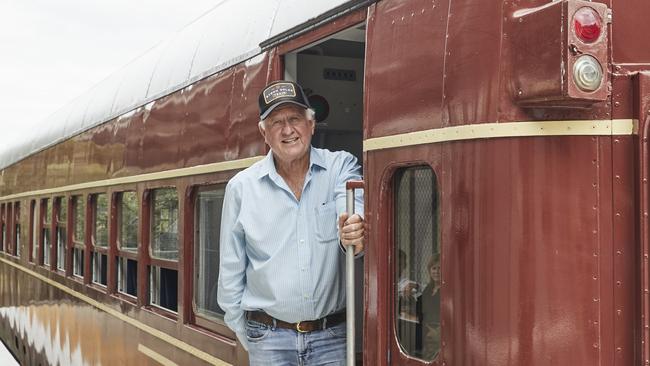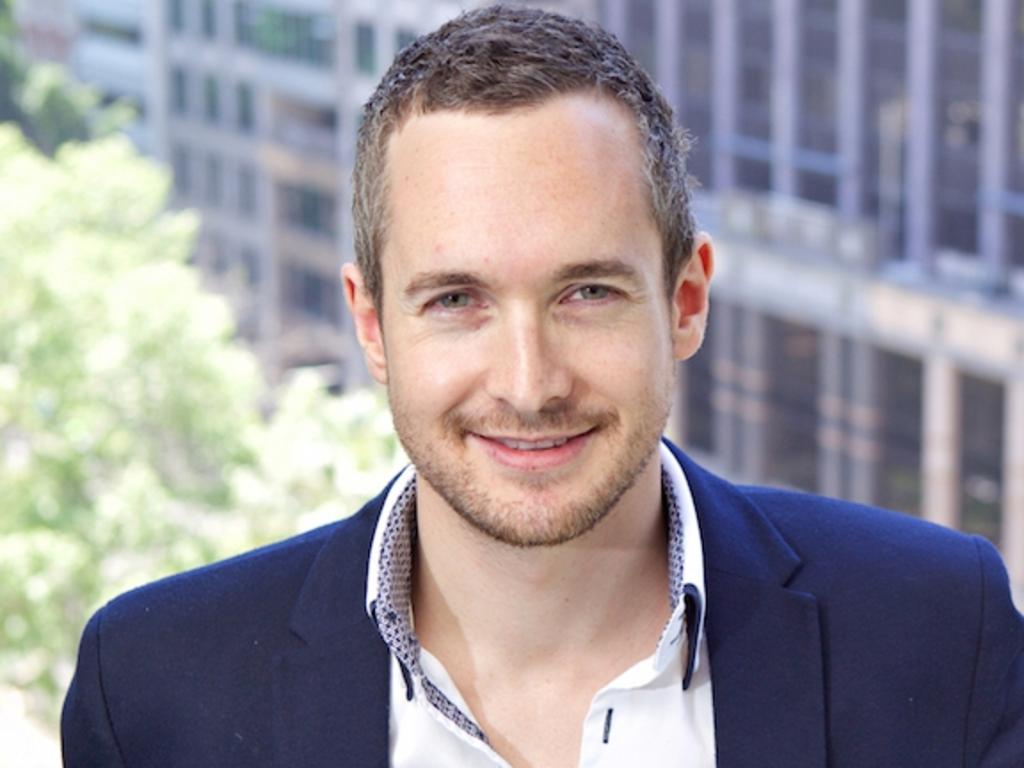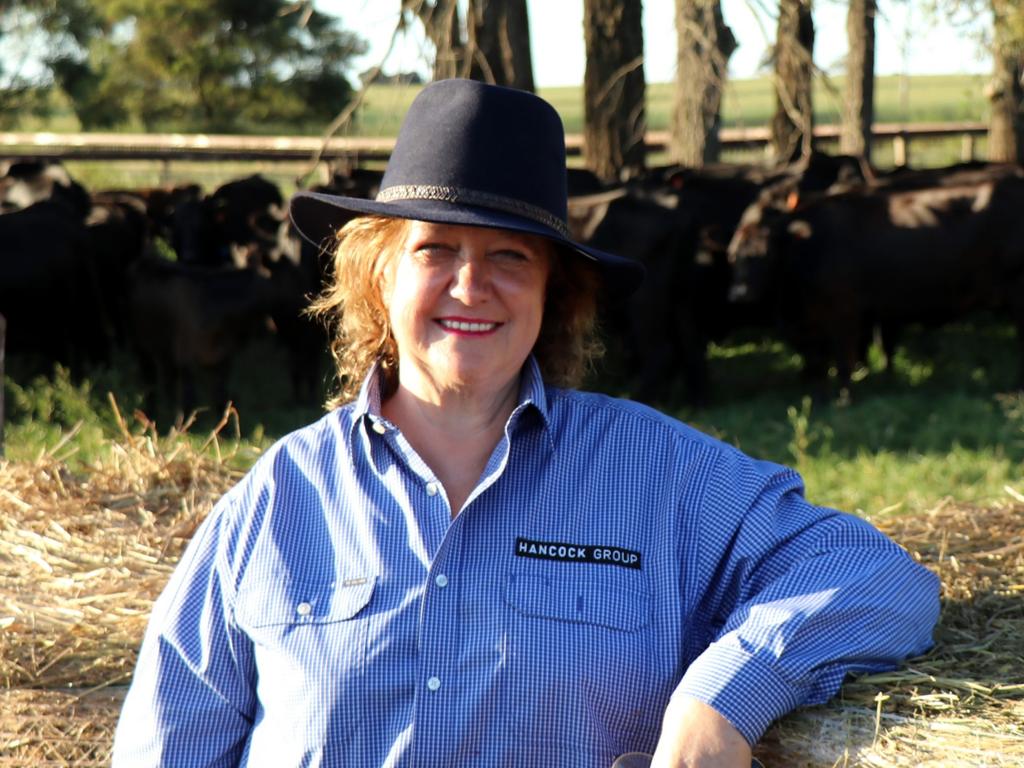No.111: Brian Flannery
Brian Flannery moved from surfing into mining and resort development, and now he even has his own solar train.

At the ripe age of 18, mining engineering student Brian Flannery would head down the Pacific Coast to hit the legendary Byron Bay surf breaks, sleeping overnight in his old Commodore. On the return drive north to Brisbane, Kirra Beach on the Gold Coast was another attraction for the young surfer, who half a century later would join an elite club of some of the nation’s wealthiest people.
In the 51 years that have passed since those surfing adventures, Flannery – who is now worth more than $1 billion – has made a handsome living from the development, engineering, construction and management of open cut and underground coal mines, and associated rail infrastructure, across Australia, India, South Africa, China and Indonesia. But in the interim it was the idyllic and rare north-facing beaches of Byron and Kirra Beach that still played on his mind.
Read the full 2021 edition of The List: Australia’s Richest 250
The son of a Brisbane-based PMG linesman, Flannery trained at Queensland University as a mining engineer. He is now chief executive of the listed White Energy Company, which is embroiled in a long running court case with its former Indonesian partners, but he has a couple of personal sidelines on the go.
He developed and controls the beachfront 202-villa Elements of Byron resort, which he and his wife Peggy built across Byron Bay’s old Club Med site. The luxury resort occupies just 10 per cent of the site, which has been rehabilitated with 300,000 new plants and now employs more than 250 staff, making it one of the Northern Rivers region’s largest employers.
Not content with Byron, Flannery is about to start developing the former Kirra Beach Hotel site into a luxury apartment complex and hotel, after snapping up the old pub 10 years ago.
Apartment sales at Miles Residences at Kirra Point, which took years to get planning approval, have outperformed expectations, with units selling for an average of $1.6 million apiece at press time.
In Byron, Elements luxury villas have been flooded with holidaying Sydneysiders of late. The beachside complex, which has never depended on overseas tourists, is also performing better than expected, with 90 per cent-plus occupancy rates – due partly to the Queensland government’s on-again off-again border lockdowns.
“I am pleasantly surprised at how busy it has been,” says Flannery. “The whole town has been busy because Australians did not go skiing in Japan this Christmas.” He adds that the resort has been so busy on weekends he has occasionally been kicked out of one of its opulent villas in favour of paying guests.
“Christmas and Easter occupancies were very good, well into the 90 per cent range, and coming up to Easter we are pretty full. Looking forward, Elements has gone much better than we thought. We are happy with the financial outcome.”
But for Flannery, one of his greatest personal and business triumphs was his decision to start operating one of the world’s first solar-powered trains. It ferries passengers from Elements, through the back of the fecund suburb of Belongil, and into the heart of the hippie Byron township on restored 110-year-old rail tracks.
“I always wanted my own train,” Flannery confesses, adding that passengers like the olde-world charm of the train coupled with its new-world solar technology. Pressing home his point, Flannery divulges that he bought a Lego train set for his seven-year-old grandson at Myer over Christmas. The salesman asked him whether the train was actually for himself. “This is for you isn’t it?” he said. Says Flannery: “I told him I don’t need to buy one as I have my own full-size train down at Byron Bay.”
‘I think life’s too interesting to retire. There are too many things to do’
Given that there is only one other train-owning person in Australia, the salesman was stunned.
But Flannery stresses that his solar-powered train is no money maker. “It cost $4 million to fix the track and the rotting bridge, including $1 million to build the stations,” he says. “I did not recoup the $4 million; to be honest that will never happen.”
In its first year of operation in 2017, Flannery’s Byron Bay Railway Company’s 1940-built fully restored train carried more than 100,000 passengers from its bespoke station on the edge of the Elements resort. It has generated far more energy than it needs. It uses solar energy to make the 6km round trip into the heart of the township, with the surplus electrical energy fed back into the local grid powering 18 local houses a year.
Part of the rail line – which Flannery says was used initially to cart “poor dead whales” out of Byron (the township made its name as a whaling station given the preponderance of southern hemisphere humpbacks migrating from their Antarctic summer feeding grounds from May to October) was abandoned by the NSW government in 2004 for commercial reasons.
The train trip into town takes about five minutes, while a car trip can take up to 90 minutes given Byron’s popularity during the seasonal holidays, as celebrity-watchers and holidaymakers descend upon the town.
Sourced from Lithgow near the NSW Blue Mountains, and hauled over the mountain ranges and up the Pacific Coast by truck, the diesel train was converted to solar and has been so successful the local council is thinking about extending the track.
“There are no trains in this part of the world – the kids had never seen a train before,” Flannery says, emphasising its popularity with the locals.
So will Flannery, now 69 years of age, ever retire?
“No, no; I think life’s too interesting to retire. There are too many things to do,” he says. “Peggy and I don’t do it for nothing but we enjoy it.”
Read the full 2021 edition of The List: Australia’s Richest 250





To join the conversation, please log in. Don't have an account? Register
Join the conversation, you are commenting as Logout